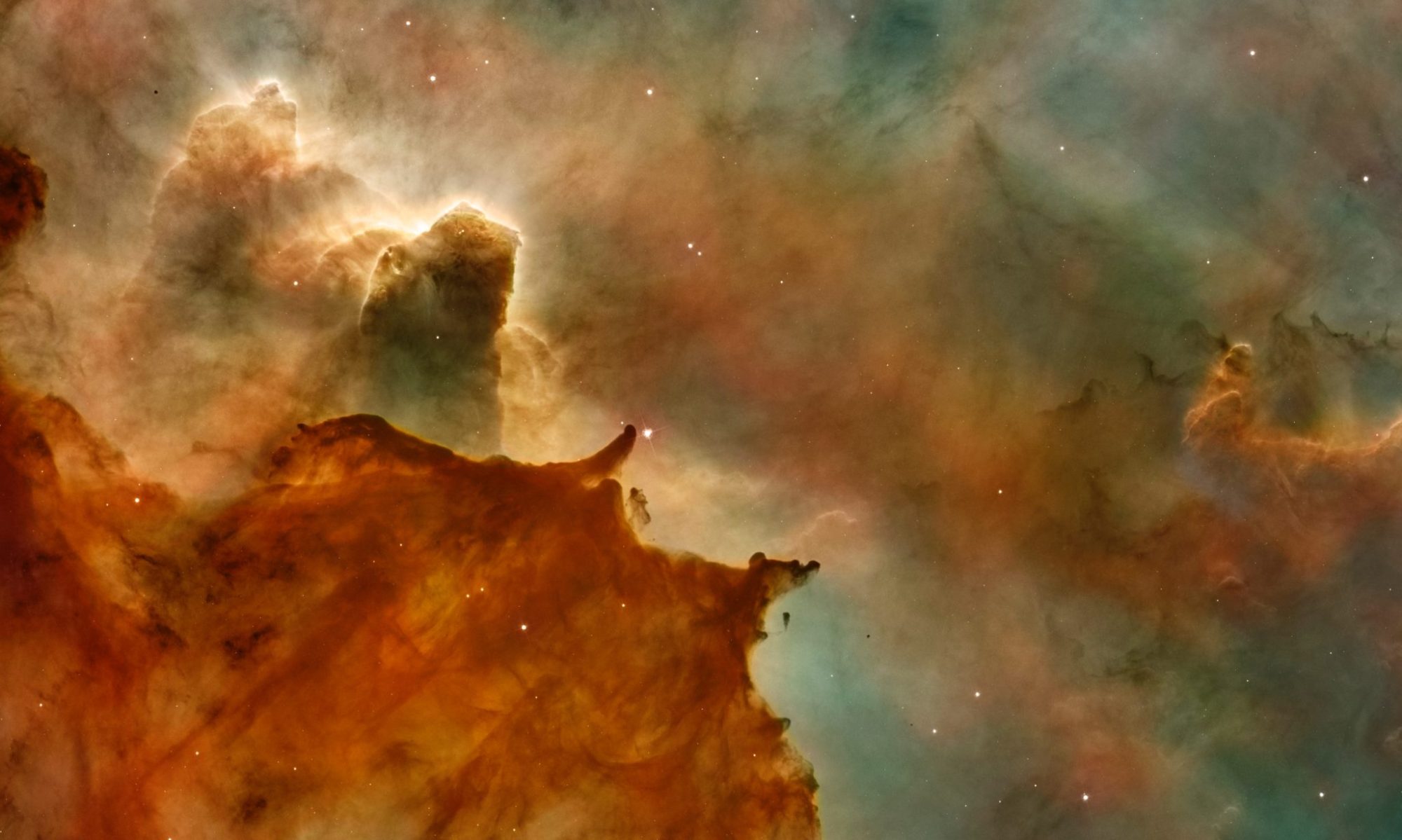The first rule of Bible interpretation is when a verse of Scripture makes plain sense seek no other sense. It should be obvious when God is using a metaphor, allegory, parable or some other figure of speech. If it’s not obvious look outward to the surrounding verses to give you clues. Take the word “day” for example. A day can be the 24 hour solar day we’re used to. Or it can refer to the general time in history in which a person is living. A day can also be a prophetic God-day which is 1,000 years long. God created the heavens and the earth in six solar days and then rested on the seventh day.
In the Garden of Eden God told Adam and Eve not to eat of the tree of knowledge of good and evil because, “In the day you eat, you will die.” If you take that verse literally you’d expect Adam to be dead in 24 hours which obviously wasn’t the case. Adam was around 35 years old when he and Eve were expelled from the Garden of Eden. Adam and Eve went on to have many more children and Adam died at the age of 930. What happened? God cannot lie and the Bible is without error. When God told Adam he would die that day He was speaking prophetically about a God-day of 1,000 years. As long as Adam didn’t live to be 1001 and go into a second God-day then God’s Word was still fulfilled. Before the flood all men lived long lives. In the first 10 generations after Adam seven lived to be over 900 years old. Since they all inherited Adam’s sin nature they too were under God’s judgement to die within one thousand-year God-day.
Psalm 90:4 – For a thousand years in Your sight are like yesterday when it is past, and like a watch in the night (three hours).
2 Peter 3:8 – But, beloved, do not forget this one thing, that with the Lord one day is as a thousand years, and a thousand years as one day.
Hosea 6:1-2 – Come and let us return to the Lord; for He has torn but He will heal us; He has stricken, but He will bind us up. After two day He will revive us; on the third day He will raise us up, that we may live in His sight.
The entire Book of Hosea is God lamenting about having to punish Israel for their sins but He promises to restore them eventually. It’s obvious in the above verse God is not talking about solar days but prophetic God-days of 1,000 years. When the Jews crucified Jesus, their Messiah, God cut them off temporarily in favor of the Gentiles to spread the gospel of Christ. The time allotted to the Gentiles was two days or 2,000 years. AFTER the church age is over in 2033 (two days or 2,000 years after Jesus was crucified in 33 AD) God will again deal with Israel for seven years (revive them). The church age is not officially over until the saints have been raptured and taken to heaven which I predict will be at the end of the Feast of Trumpets in 2033. The third day referred to in Hosea is the 1,000 year millennial kingdom set us by Jesus five days after His Second Coming when Scripture say the Jewish people will live in the presence of Jesus and have a place of honor (raised up). The phrase, “the day of the Lord,” we find a lot in Scripture which can refer to a solar day when people and nations receive final judgement from Jesus after the Second Coming or it can mean the 1,000 year long millennial reign of Christ on the earth.
